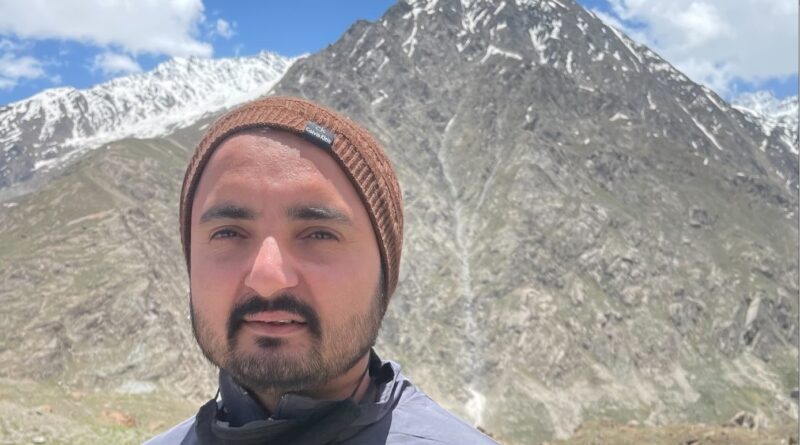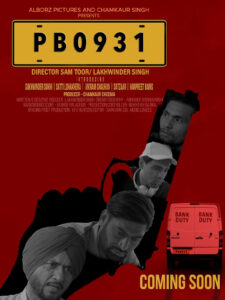Interview with filmmaker Sam Toor
It takes tenacious will, perseverance, and vision to pursue a career as a filmmaker. It may be a difficult path to take. It is quite difficult for ambitious young people to get into the profession since film directors are often employed on the basis of their track record. Aspiring filmmakers must begin as independents in order to develop a body of work that will appeal to prospective producers and financiers.
Sam Toor, an independent film director, and producer, offers his perspectives and expertise as one such filmmaker.
How did you get into the movie business?
I’ve always found movies to be fascinating. My window into the world as a child was cinema. Building on my experience in making the Short film Highway-Loop, I continued working with people like the international film editor Tosh Stepanyan and George Palousis, who explore new perspectives, to make PB-0931.
Making movies is a fantastic way to raise awareness and connect with audiences. It is such a tremendous means of expression. Writing a tale and then seeing it become an audio-visual piece is really inspiring to me. Anyone from the creative industry, I believe, would agree.
What were the main difficulties faced in making your first Feature film PB-0931?
Finding financing is a constant struggle for independent, small-time filmmakers, and it becomes much more challenging when it comes to independent feature films like PB-0931.
Independent filmmakers often encounter a “catch 22” circumstance. For instance, you engage with identified talent but the talent declines to join your project because you lack the necessary finance, but the funders won’t engage until the producer brings resources to the table. So, the cycle continues. This is why I think crowdfunding is a gift for the entrepreneurial sector because it allows you to begin cultivating a support base for your project, which provides you leverage when negotiating, even if you are just raising a portion of your budget via it.
It also presents a fantastic chance for little-known indie filmmakers like myself to complete our movies. Crowdfunding is a wonderful tool for helping filmmakers create and get to know their fans. When you create movies that caters to a specialized audience, that viewer is attracted to the movie and contributes to its development.
After your first feature film, do you think you are capable for big budget features in Bollywood?
I was in charge of and participated in the development of all of the creative choices that were made throughout the production of my full-length Feature film named “PB 0931”.
You can learn technical aspect of the filmmaking but its something above to get desired results from the Cast.
I have worked with independent Hollywood artists before, and I’m planning to get more artist for the next Bollywood film by recruiting well-known cinematographer and editor. This will provide the film an international appearance due to the participation of many artists from all around the globe.
The draft for my subsequent screenplay is complete, and I have great expectations for it. My next movie, which is still unnamed, has a finished script and is scheduled to begin production in 2022.
Where does Sam draw inspiration from?
The neo-noir Hollywood films “No Country for Old Men, Fargo and war classic “The Imitation Game” are the ones I considers to be my top three favorites of all time. Suffice to say that my works may also draw inspiration from the cinematography, editing and the overall excellence of these international blockbusters as I always admire them more then FILMS
What do you think about the culture of copyrights in India?
For filmmakers and the production of films, copyright is crucial. The collective nature of the filmmaking process is maintained through copyright. We have written PB-0931 as a short film, but then turned it into a feature-length movie. We wouldn’t be allowed to do this if we didn’t possess the rights to it. Copyright protects the rights of authors and forbids unauthorized use of their works by other parties. Unfortunately, people don’t always honor the creator in today’s competitive environment. Artists have the ability to protect themselves against the unpermitted exploitation of their work thanks to copyrights.
So Sam, what is the future of film according to you?
Transmedia is growing in popularity. More and more initiatives are using content to make viewership more engaging across various media channels. The prospects for using creative material are almost endless and provide fantastic chances to engage new audiences in a narrative.





